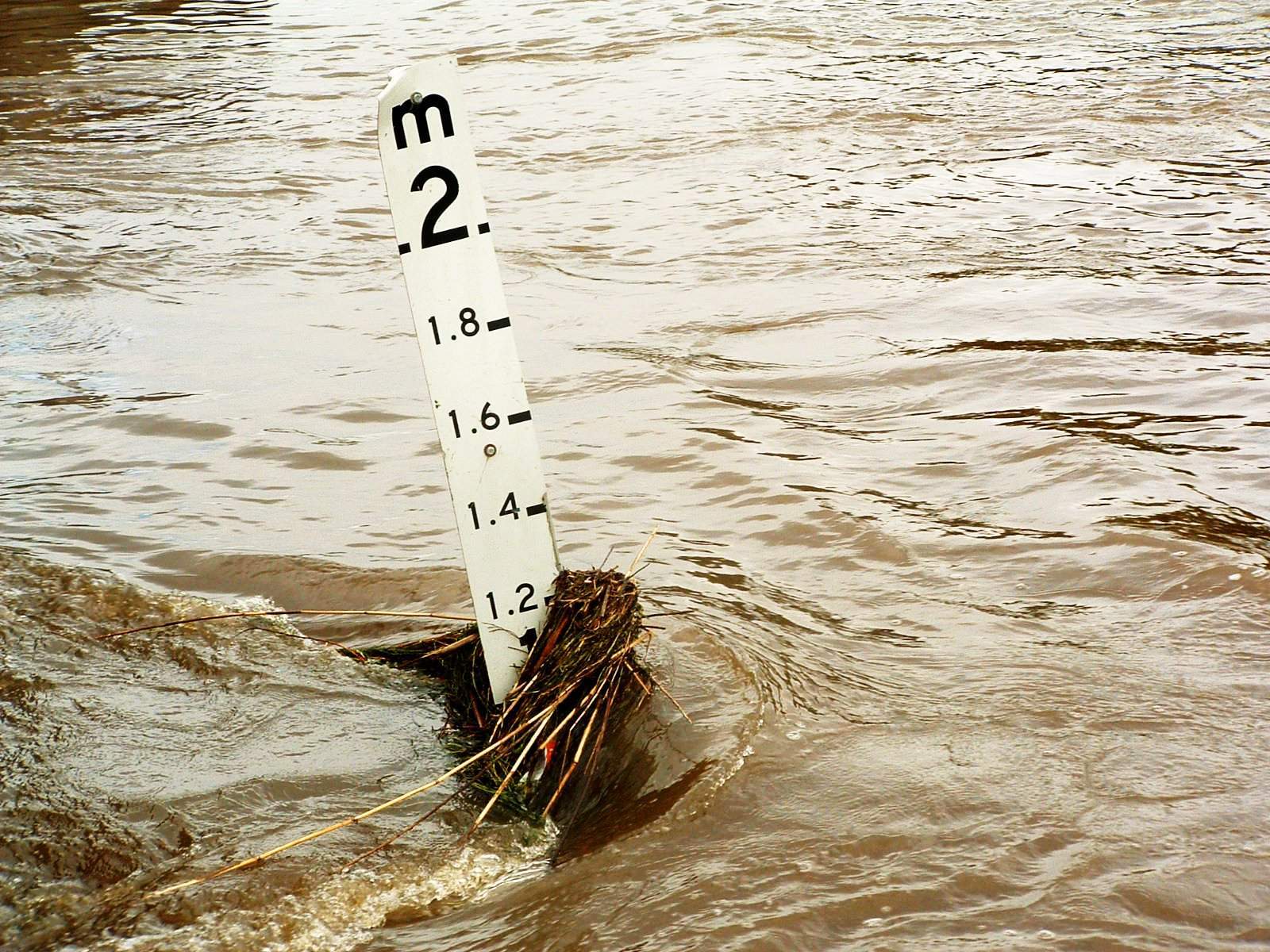
The collapse of the hydropower dam, located in Champasak district in the Attapeu Province and built along the Mekong River, led to release of 5 billion cubic meters of waters, reported Xinhua, citing the provincial administration office. Six villages located near the dam were flooded as a result leaving thousands homeless.
Xe Pian-Xe Namnoy Power Company (PNPC), a joint venture formed by some South Korean, Thai and Laotian companies has been constructing the hydroelectric project in the southeastern part of Laos.
The stakeholders in PNPC include SK Engineering and Construction (SK E&C), Korea Western Power (KOWEPO), Ratchaburi Electricity Generating Holding (RATCH), and Lao Holding State Enterprise (LHSE). While SK E&C owns a stake of 24% in the company, LHSE owns 26% with RATCH and KOWEPO owning 25% stakes each.
The Xe Pian Xe Namnoy Hydroelectric Power Project, which is estimated to be built with an investment of $1.02bn, broke ground in February 2013, and was due to begin commercial operations this year.
With a nameplate capacity of 410MW, the Laotian hydropower project is estimated to generate around 1,860GWh of power.
RATCH revealed that the hydropower dam that collapsed is Saddle Dam D, a subsidiary dam that makes up the network of two main dams and five subsidiary dams associated with the Laotian hydropower project.
The collapsed hydropower dam, which is 8m wide, 770m long and 16m high, was constructed in support for the water diversion around the Xe-Namnoy reservoir.
RATCH said that the Saddle dam D was fractured and the water from it had leaked to the downstream area and down to Xe-Pian River, located nearly 5km from it. The company said that the Laotian hydropower dam collapse was due to continuous rainstorm which led to high volume of water to enter into the hydropower project’s reservoir.
According to RATCH, the power project is about 90% complete and is slated to begin commercial operation in 2019.






